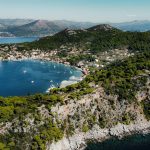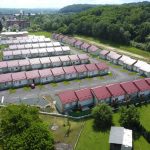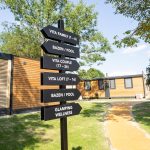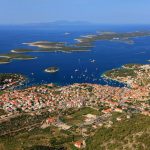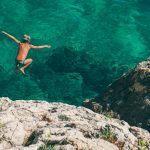Whisper it quietly but the dedicated efforts of just a few committed young local residents are having a sizable positive effect on the regeneration of the largely undiscovered inland villages and nature of Croatia’s premier tourist island of Hvar.
They came with their picks, hoes and whatever antiquated agricultural tools they could find for the task ahead on January 16, 2016, some 20 in all, to take part in the latest regeneration project on the island of Hvar, more famous as the sunniest in Europe and Croatia’s most exclusive tourism island. The meeting point was significant and symbolic of the quality that the island’s nature gives – the Bozic olive oil mill in Svirce, whose oil has won gold medals as far away as New York. Across the road was PZ Svirce, the Svirce Cooperative, whose Ivan Dolac Barrique has been awarded organic gold medal at Biofach Vinus Mundi in Germany two years in a row.
A natural island paradise on what has been voted one of the ten most beautiful islands in the world by readers of Conde Nast.
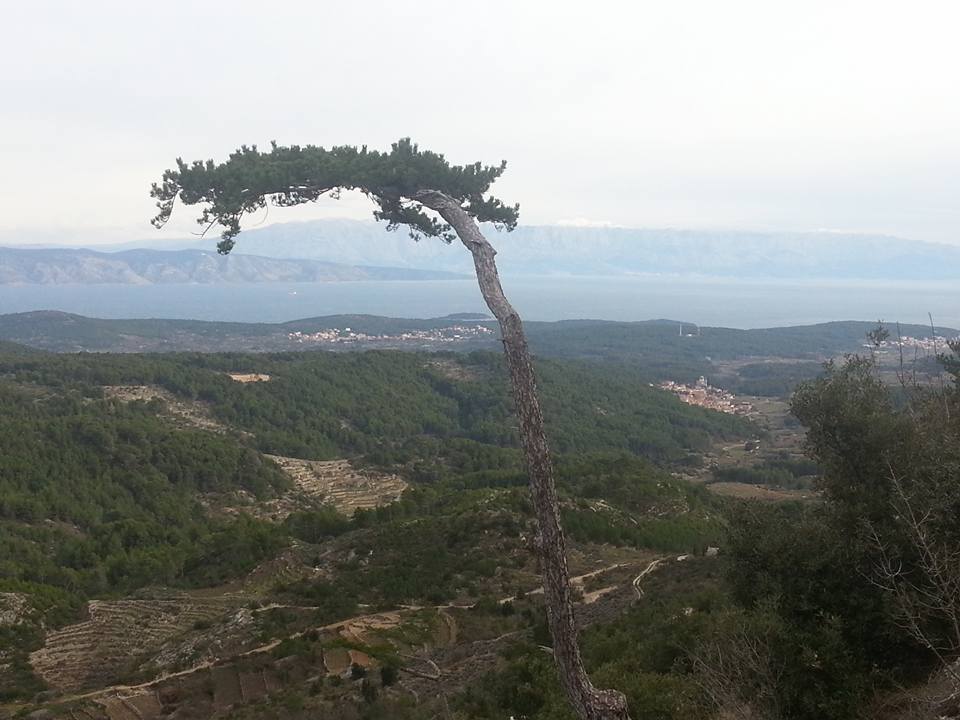
The group assembled, a small fleet of sturdier cars took them up a rough road high above the village to the location for the morning’s work ahead, the implementation of the latest project by local association ‘Sustainable Island’, with a mission this time to plant one hectare of land with the indigenous Dalmatian black pine. The setting was truly divine, a reminder of the raw natural beauty of Dalmatia. In order to entice volunteers to dig the holes required to plant the trees, Sustainable Island described the paradise that could be experienced:
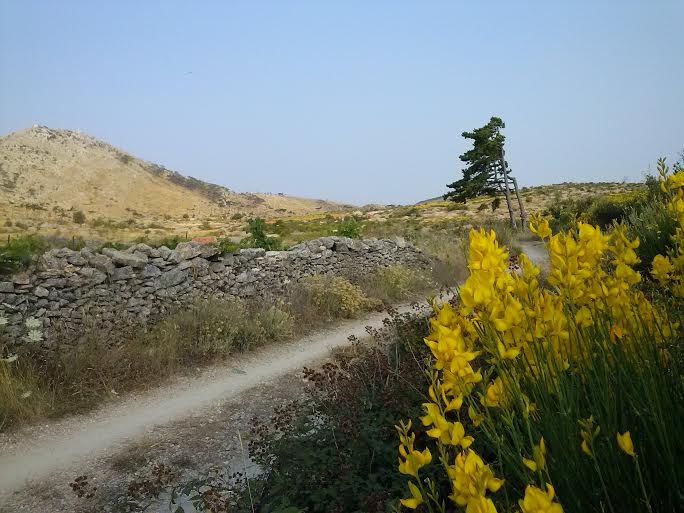
“According to the historians, it is an old Venetian path – from Svirče to St. Nicholas 626 m.a.s.l (the highest peak of the Hvar island) and at the same time the path to the south side of the island (Sv. Nedija, Jagodna, Bojanić Bad and Ivan Dolac).
“One of the most beautiful hikes in Croatia, come and judge for yourself! A mild ascent from Svirče passing a traditional landscape of vineyards and fields of lavender, untouched, i.e. abandoned fields with beautiful panoramic views of the island. Views you have certainly not seen before – hidden valleys of vineyards, olives and lavender and recently immortelle flower.
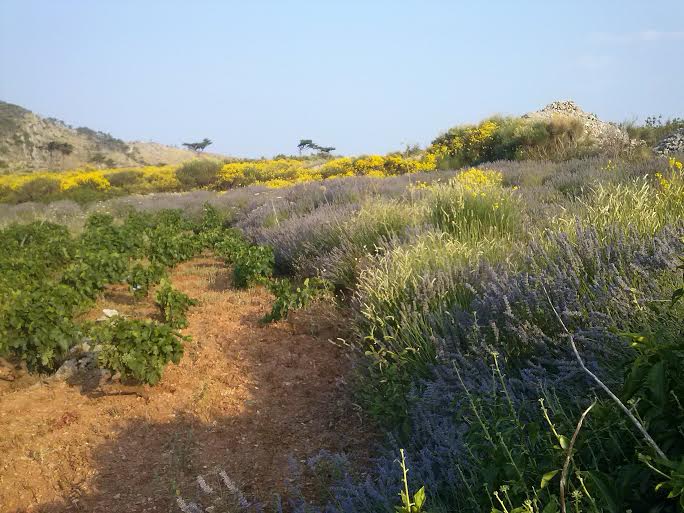
“The location is above the “Oštra Glava”, with a unique view of the island and the slopes of Krušvica, recently replanted Plančić vineyards (you can see how the island looked 100 years ago), then the Stari Grad Plain, Brač (Vidova Gora and Zlatni rat), Makarska Riviera and Sv. Juraj at Biokovo (1762 m.a.s.l.) and the Hvar channel, Jelsa, Vrboska, Stari Grad, Dol, Vrbanj, Svirče, Vrisnik, Murvica on Brač and the Blaca desert.”
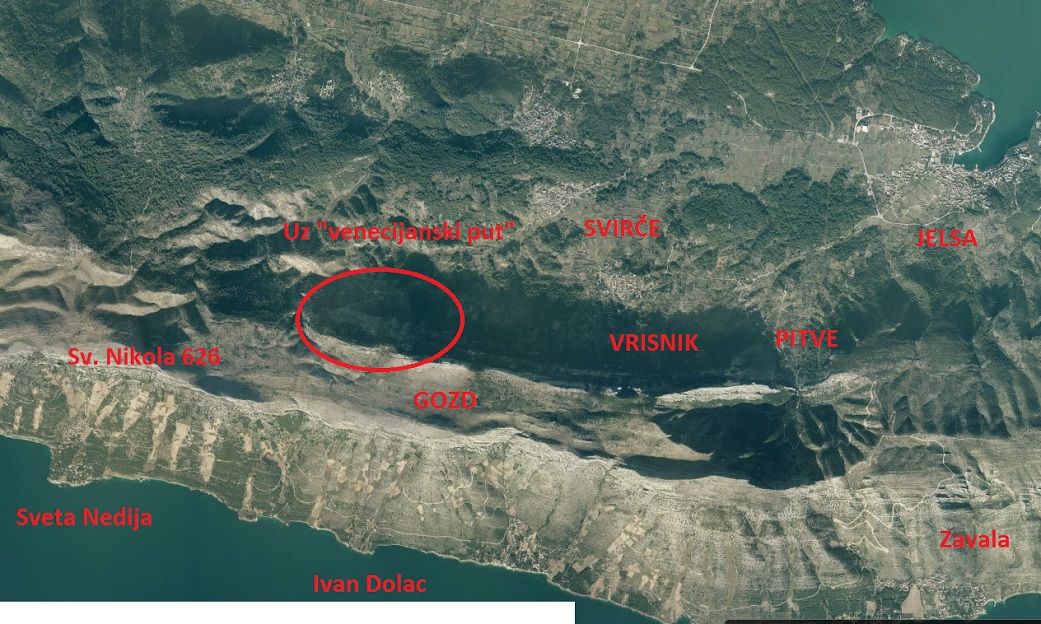
TCN decided to attend the event, with a view to a little work and a little more journalistic effort, and it was a pleasure to experience the cameraderie and enthusiasm of this dedicated bunch of local volunteers.
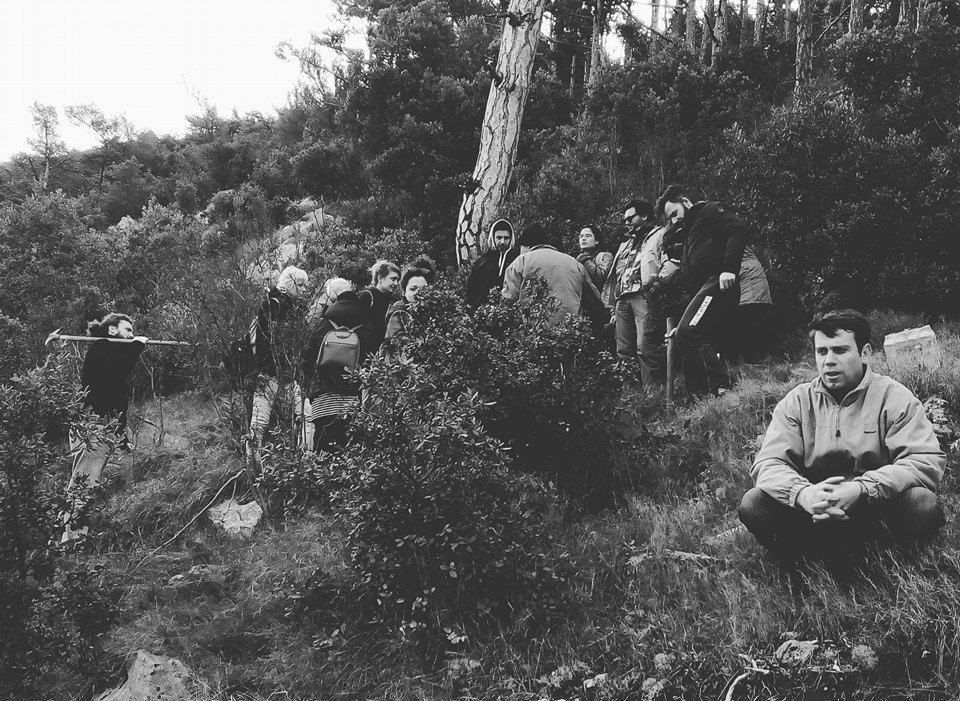
With tools distributed and some basic training from the Hvar Forestry Service, the volunteers found their spots on the steep slopes and set to work, before culminating the day with a barbecue prepared by another local association doing great works in inland central Hvar – Tartajun from the village of Dol.
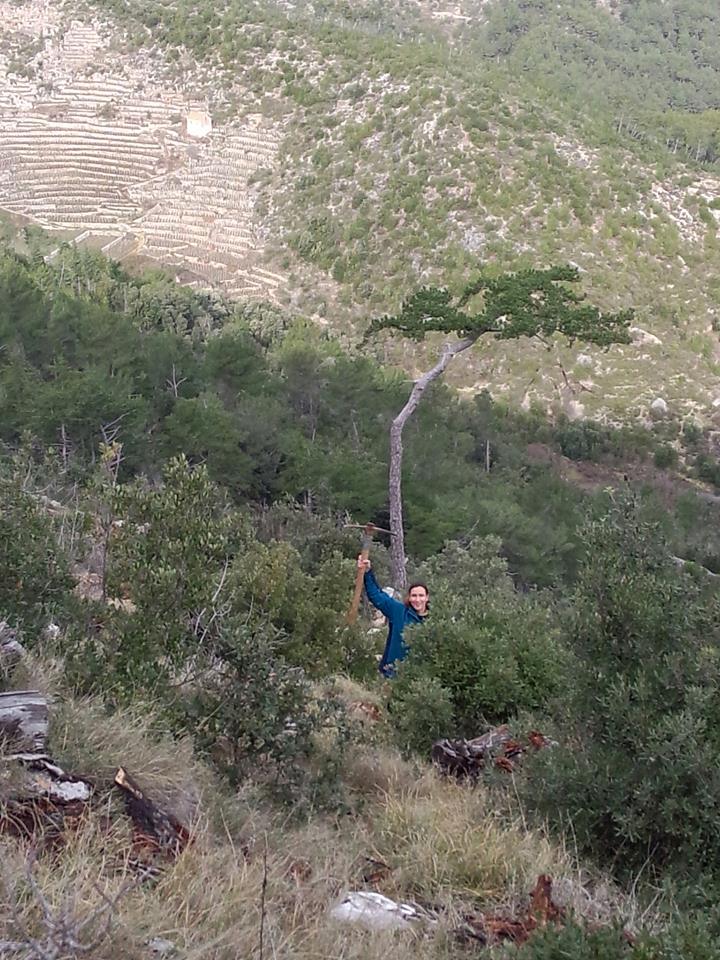
The Sustainable Island initiative is part of the efforts of a very energetic young lady called Irena Doric who has recently moved to the island from Split, and whose persistance, stamina and vision have already produced exceptional results. She is the latest in a string of young visionaries committed to improve island life, both its nature and entertainment. It was Doric who was behind the very successful first Hvar Ethno Festival in Humac last year, a delightful celebration of traditional Hvar in Dalmatia’s leading eco ethno village. Hvar TV reported on the event, which you can see below.
Doric’s efforts follow in the footsteps of other Hvar pioneers. One of the most important was Ivo Zaninovic Grande from the almost deserted village of Velo Grablje. Once the centre of lavender production for the whole of Dalmatia, Grablje had a permanent population of just five people.
Grande and his collegues formed an association called Pjover, with the aim of celebrating the traditions of Velo Grablje. The results have been nothing short of astounding, with their Lavender Festival now one of the highlights of the Hvar tourism calendar. The permanent population has increased from 5 to 14, including the first child living in the village for years, and a bar and restaurant have opened, both of which are working in winter, unlike many businesses in the more fashionable coastal resorts.
A few villages along central Hvar’s hilly central spine saw regeneration too, with the formation of another association called Tartajun. Initially founded to produce a magazine celebrating the villages traditions and history, their activities soon expanded to include a week-long annual festival, notorious for its cuisine on the finally night – the local delicacy of dormice. Some 4,000 people attend the festival each year, although there was no dormouse on the grill for yesterday’s Tartajun barbecue for the forestry workers.
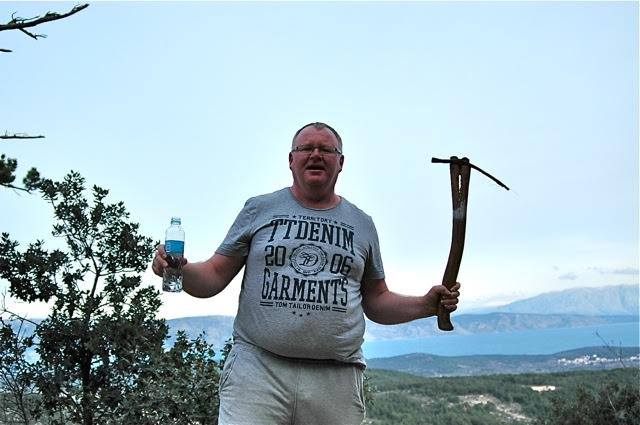
TCN will admit its correspondent was not the most hardworking of the crew, but at least there was a chance to work in a t-shirt on another glorious Dalmatian winter day under trademark Hvar blue skies, and to observe yet one more impressive project contributing to the regeneration of central Hvar. Combined with the activities of another recent addition to Hvar life, Eco Hvar (who were intereviewed by TCN yesterday), the future for the quaint little villages of inland Hvar is very bright indeed.
Time to get away from the beach one day and have a look?




